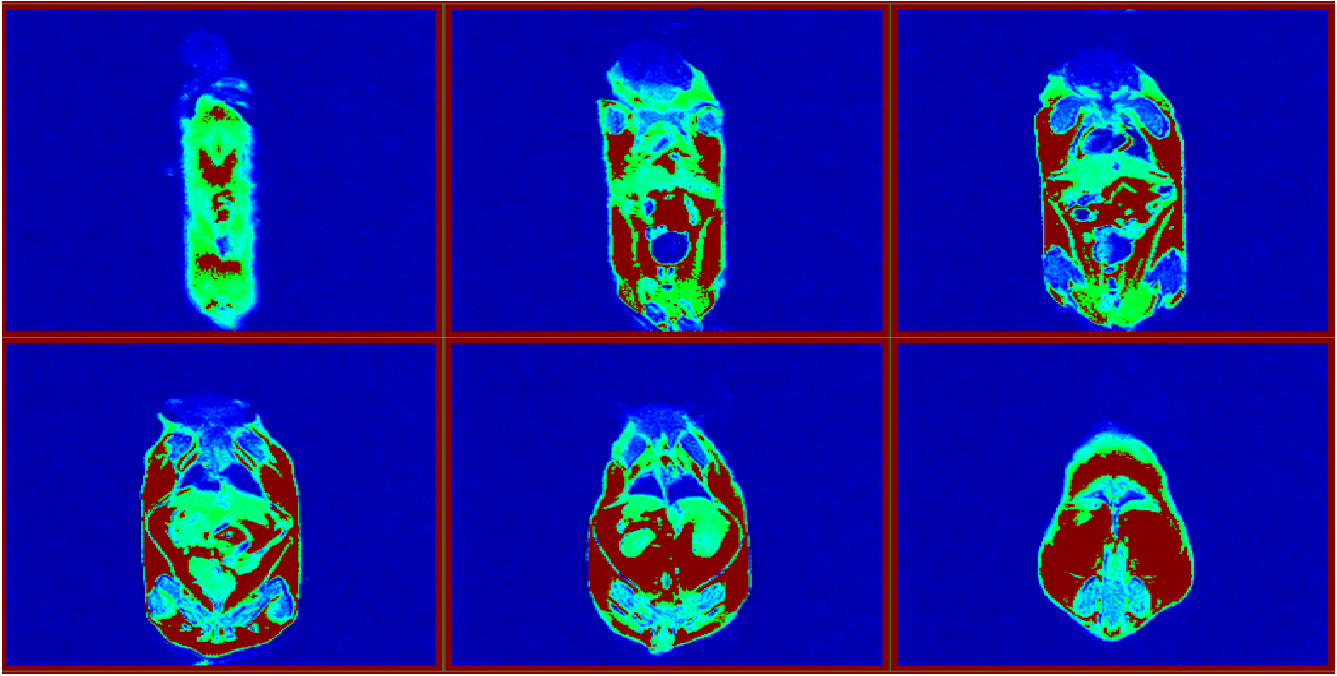Mice Body Composition NMR
Mice Body Composition NMR Background
The issue of obesity has emerged as a pressing global health concern, witnessing a substantial rise in the number of individuals classified as overweight or obese in recent decades. The World Health Organization (WHO) reported that in 2016, the count of adults (aged 18 and above) grappling with excess weight surpassed 1.9 billion, with over 650 million among them falling into the obese category. Furthermore, the same year witnessed more than 340 million youngsters and teenagers aged 5 to 19 facing issues of overweight or obesity. This escalating obesity trend is closely linked to an elevated susceptibility to numerous chronic ailments such as type 2 diabetes, cardiovascular ailments, and specific types of cancer, thereby underscoring its profound significance as a formidable public health adversary.
Mice Body Composition NMR Analysis
Investigating the mice body composition has proven instrumental in advancing the field of obesity research. Mice have emerged as a prevalent choice for scientific inquiry due to their physiological and metabolic parallels with humans, rendering them a valuable model for exploring an array of health scenarios, obesity included. Through a comprehensive examination of mice body composition, scientists can unravel the intricate impacts of diverse diets and lifestyle variables on weight augmentation and the accrual of bodily fat. This invaluable knowledge serves as a foundation for devising tactics aimed at averting and managing obesity within the human populace.
Mice Body Composition Analysis by NMR
Nuclear Magnetic Resonance (NMR) imaging constitutes a non-invasive investigative approach that holds immense potential for unraveling the intricate intricacies of mice anatomy and physiology. By harnessing the power of NMR, researchers can delve deep into the structural nuances of mice, yielding intricate visualizations of their innermost organs, tissues, and constructs, encompassing critical components like the brain, heart, liver, and musculature. This wealth of data finds multifaceted utility across diverse realms of exploration, encompassing disciplines such as neuroscience, cardiology, and oncology. The dynamic capabilities of NMR extend to disease progression monitoring, treatment efficacy assessment, and the exploration of the intricate mechanisms governing an array of physiological processes within mice. NMR emerges as a pivotal instrument empowering investigators to dissect the physiological and anatomical tapestry of mice, bridging the chasm between animal investigations and their potential application in the human context.
Mice Body Composition NMR Instrument NIUMAG Mice Body Composition NMR – NM21-060H-I
NIUMAG Mice Body Composition NMR – NM21-060H-I
NM21-060H-I is designed for in-vivo MRI observation of animals. It is a permanent magnet system that provides high contrast images and has an intuitive user interface. As a powerful and non-destructive MRI instrument, this system is widely used in life sciences for in-vivo study of tissue structures and contrast agent dispersion. The Niumag small animal MRI system is robust with low operating and maintenance costs.
 NIUMAG
NIUMAG
